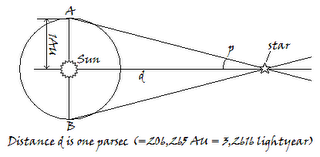There are no more "Leagues of Their Own"
Anna writes... Dear father Jim,
Why do sports have leagues? What's the difference between national and american leagues? Who decides what teams play on what leagues? Do the "final" games (World Series or Super Bowl, etc) always have to have teams from both leagues? Has there always been 2 leagues? How deep is 20,000 leagues?
Two is just the number that seems to work out the best. The reason that sports teams have more than one league is if one league is profitable then someone else will start another league to compete with it.

In baseball, since the National League started in 1876, there have been many other leagues started. There was the American Association, the Federal League, the Union League, the Players League, and the American League. There are also dozens of minor leagues and independent leagues. These don’t even count the negro leagues and the women’s leagues that the movie “League of Their Own” was based on.

During times when there was only one league in existence, it never did as well as when two leagues were present. The champion of one league just does not hold the interest of the champion of one league playing the champion of another league.
Football also started with the National Football League. The American Football League started in the 1960. By 1970 the two leagues merged into one keeping the original leagues separate as conferences. There is nothing stopping anyone from creating competing leagues. In 2000, the people who run the WWF wrestling circuit decided to start their own “Extreme Football League”. They never survived as they put out an inferior product that neither had the quality football that the football fans wanted, nor the theatrics that the wrestling fans wanted. That’s not to say someone couldn’t make a go of a new sports league tomorrow. If they were successful, no doubt their best team would be included in the playoff system and the new league would probably merge with the older league.
I’m not familiar with hockey, soccer, and basketball, but time has proven that it is not enough to just win more games that other teams, fans want to see the best teams face off for a final showdown. By having two leagues or conferences, you can pit the best of one against the best of the other. Most sports divide their leagues into divisions and figure out a way to get more teams involved in the playoff system. There is much more fan interest in a team that has a chance to make the post season play off tournament. The more teams that are invited to that tournament, the more fans will be interested in their teams. The only problem comes when you invite so many teams to the tournament that the regular season has very little meaning. Hockey is close to that break even point right now where it is so hard to not make it to the post season that many fans pay little attention to the regular season. Their interest in the sport doesn’t peak until the start of the playoffs or “second season”.

There are also many sports with only one league or where different leagues do not compete against each other. Golf, tennis, and horse racing have circuits that all the best compete in. Auto racing has different leagues with different types of cars and different rules and one league does not compete with the other. Of course these sports are individual sports and not team sports so that may be the difference.

And finally, about the 20,000 leagues under the sea, that continent of Atlantis was sure one heck of a sports town!



